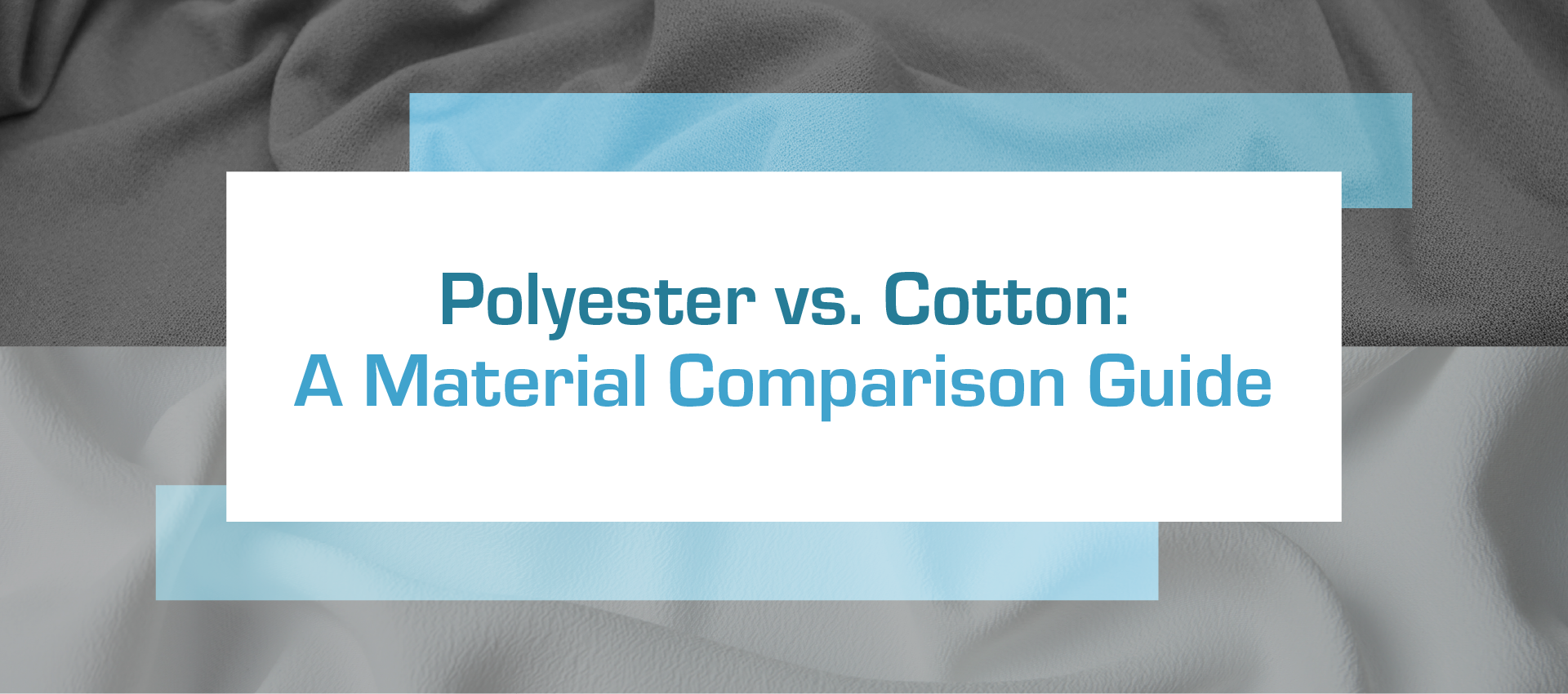Choosing the Right Manufacturing Process for Your Product
Key Considerations in Manufacturing Process Selection
Choosing the right manufacturing technique requires a balance of technical expertise, material understanding, and long-term strategy. Below are some of the most important factors to evaluate.
1. Material Type and Compatibility
Not all manufacturing methods are compatible with every material. Thermoplastics, technical textiles, coated fabrics, and composite laminates all respond differently to heat, pressure, and mechanical force. For example:
RF welding works best with materials that contain polar molecules, like PVC and polyurethane, enabling seamless fusions without adhesives or stitching.
Industrial sewing is more suited to woven fabrics, multi-layer assemblies, and textiles that require reinforced seams and edge binding.
Understanding how your materials interact with fabrication methods ensures structural integrity and long-term performance.
2. Durability and Environmental Exposure
If your product will face harsh or variable environments, such as exposure to UV radiation, moisture, extreme temperatures, chemicals, or abrasion, your manufacturing process must reinforce resilience.
RF welded seams provide an impenetrable barrier against water, air, and contaminants, making them ideal for outdoor or hazardous use.
Sewn products can be engineered with UV-resistant threads, reinforced layers, and weatherproof coatings to withstand prolonged exposure.
Durability isn’t just about surviving the elements, it’s about maintaining performance under pressure.
3. Sealing and Containment Requirements
Sealing is often one of the most critical design requirements, especially for products that must contain or exclude liquids, gases, or particulates.
RF welding creates airtight and watertight bonds with unmatched consistency and precision. This makes it the top choice for containment bladders, inflatable systems, and protective enclosures.
Heat sealing can be used alongside RF welding to form seals without mechanical stitching or potential leak points.
If your product needs to maintain pressure, hold fluids, or create a controlled environment, proper sealing can make all the difference in safety and function.
Overview of Common Fabrication Methods
Carolina CoverTech specializes in three primary manufacturing processes. Each method brings unique benefits and is selected based on the product’s performance needs, geometry, and material composition.
Industrial Sewing
Industrial sewing is a foundational method for products that rely on flexibility, durability, and customization. Using heavy-duty threads and reinforced patterns, it produces robust seams suitable for a wide range of technical fabrics.
Benefits of industrial sewing:
- Accommodates complex shapes and patterns
- Cost-effective for large-format assemblies
- Excellent for reinforced edges and multi-layer assemblies
- Ideal for applications like curtains, tarps, covers, and textile-based enclosures
Industrial sewing also allows for the integration of zippers, grommets, Velcro, and other accessories that enhance product functionality.
RF Welding & Heat Sealing
Radio Frequency (RF) welding, often referred to as heat sealing, is a specialized process that uses electromagnetic energy to fuse thermoplastic materials at the molecular level. No thread, glues, or solvents are required.
Ideal applications for RF welding:
- Inflatable products and air bladders
- Medical fluid bags and containment liners
- Hazardous material containment
- Protective, watertight enclosures
RF welding provides aesthetically clean, smooth seams with high repeatability and excellent structural integrity. It is especially valuable in applications where contamination, leaks, or air loss are unacceptable.
Rigid to Flexible Conversions
Some products traditionally made with rigid components can benefit from a conversion to flexible materials. This transformation reduces weight, improves portability, and allows for compact storage and transport.
When to consider a rigid-to-flexible conversion:
- Your current product is too heavy, bulky, or expensive to ship
- Collapsibility or rollability adds value to your end user
- Environmental factors require impact resistance or flexibility
Applications include collapsible tanks, rollable packaging, deployable shelters, and mobile containment units. Our team works with clients to engineer these conversions without compromising strength or functionality.
When to Choose RF Welding
RF welding is best if your product requires airtight or watertight seals, consistent seam strength, and clean aesthetics. It is widely used for containment products, protective covers, inflatable components, and systems needing reliable environmental resistance. RF welding is especially beneficial in industries like aerospace, medical, and defense, where safety and consistency are critical.
Choose RF Welding When:
- Your product needs to be airtight or watertight
- Seams must be consistent and leak-proof
- You are working with thermoplastic materials
- Your application is in medical, aerospace, defense, or hazardous containment
- Clean aesthetics and repeatability are important
When to Choose Industrial Sewing
Industrial sewing is suitable for applications focused on flexibility, reinforcement, and strength. It excels with complex shapes, large-scale fabric assemblies, and layered materials. Products such as covers, curtains, and fabric structures often rely on industrial sewing for their durability and customization potential.
Choose Industrial Sewing When:
- You’re using woven or technical fabrics
- The product must accommodate complex shapes or large surface areas
- You need reinforced seams for strength and durability
- Cost-efficiency is a consideration for high-volume assemblies
- Accessory integration is required, such as buckles, zippers, and straps
When Rigid to Flexible Conversions Are Needed
Rigid to flexible conversions are ideal if a traditional design made of hard components is too heavy, bulky, or impractical. These conversions help make products easier to transport, store, or deploy without compromising performance. Applications range from collapsible tanks and shelters to rollable containers and portable enclosures.
- You want to reduce weight and bulk
- The product needs to be easily transported, stored, or deployed
- Traditional rigid materials are no longer practical or cost-effective
- You’re designing for field use, mobile applications, or limited storage space
Custom Engineering for Unique Product Challenges
Many products do not fit neatly into one category. That is where Carolina CoverTech’s engineering team excels. We collaborate with partners to identify specific product needs, design innovative solutions, and determine the most effective combination of processes. Our engineers frequently recommend RF welding for airtight and watertight requirements where precision and repeatability are essential. Our approach helps reduce waste, lower costs, and ensure each product is engineered for success from concept to production.
By combining multiple processes when necessary, we help solve complex challenges related to:
- Leak prevention
- Strength under pressure
- Weight reduction
- Fabrication scalability
- Environmental resistance
We don’t just manufacture. We collaborate to make sure the product is built for success from prototype to production.
Key Takeaways
Selecting the right manufacturing process is more than a technical decision. It is a strategic one. The right process reduces failure points, extends product life, and increases user confidence.
- Every manufacturing method has strengths. Select the one that aligns with your product’s goals.
- RF welding is perfect for airtight, sealed, flexible designs and excels in containment and environmental protection.
- Industrial sewing provides durability and shape flexibility.
- Rigid to flexible conversions offer lightweight, portable alternatives to traditional rigid designs.
- Carolina CoverTech provides the expertise to guide you through the process.
Contact Us to learn more about which fabrication method is right for your project.




